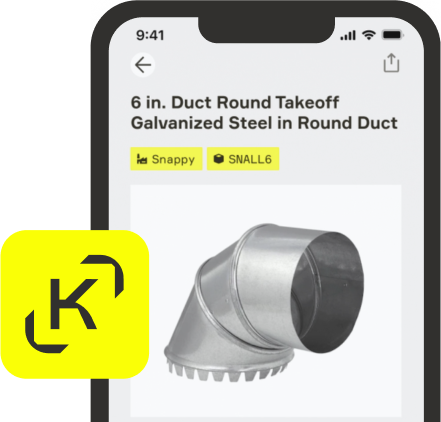7 Steps to Better Procurement for Specialty Contractors

Good material procurement keeps a business operating and maybe even growing a bit, while great procurement allows a contractor to:
- Outperform their competition
- Grow their top-line revenue at scale
- Withstand unforeseen changes in pricing and availability
- Complete more work with less overhead
- Reduce risk of errors and job delays
In this book, we’ll share with you these steps, explain what each step entails, the inefficiencies it can eliminate for your business, how to implement improvements, and the benefits that come from it.







